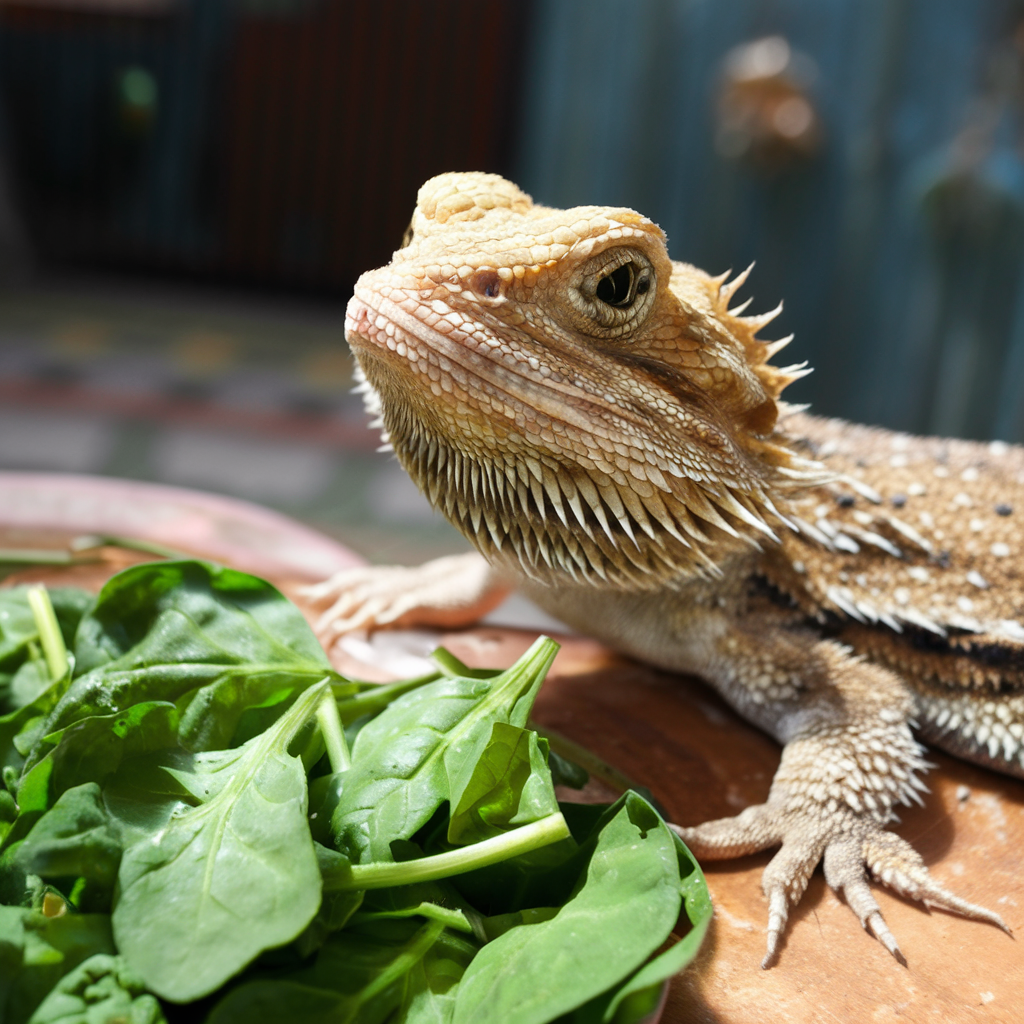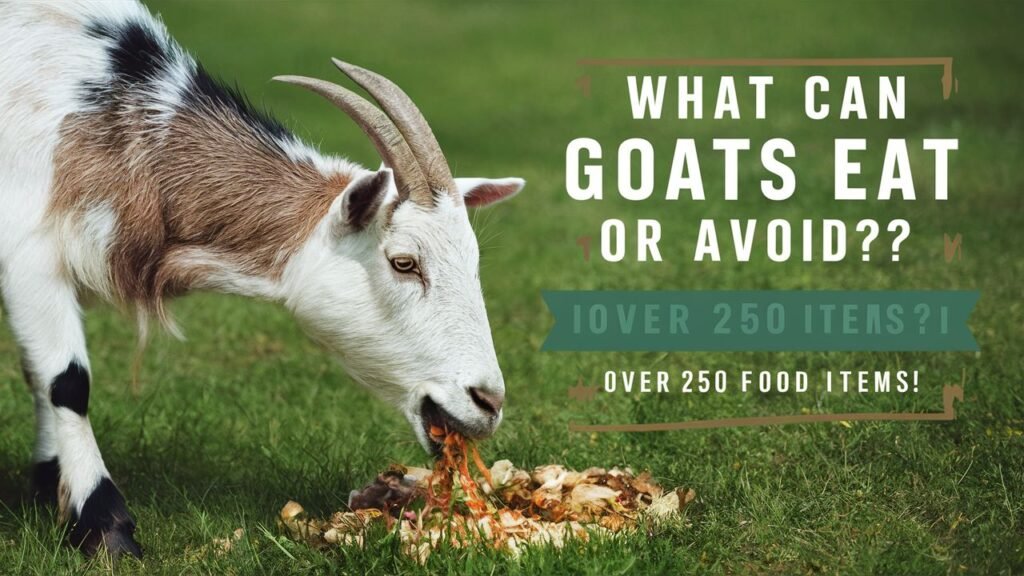Thinking about buying a mouse? We have put together a complete, yet quick mice guide for beginners in 2021~ Learn about caring for your mice and how to raise a happy, healthy mouse!
Mice should live in pairs or groups.
Mice are sociable animals and find living on their own very stressful. Housing them with at least one other mouse of the same sex is recommended, as they will love the company and interact with each other. They will also be great fun to watch when they are together.
Male mice are generally more aggressive, especially towards mice they aren’t familiar with — don’t house males with a female as they will breed and have lots of babies, and if a male is housed with another male, this must start from a very young age. Females should get along just fine together.
Mice can be smelly!
Mice scent-mark their environment by urinating in different places to identify their cage territory and communicate with other mice. They also need bedding that absorbs urine to help them dig burrows and feel safe, so their cage may become a little smelly!
You will need to stay on top of cleaning their cage but always leave a tiny bit of old bedding so that they can still recognize their own smells in their home. This may help you decide where you position the cage.
Mice are quick movers
Mice move very quickly, so when handling them, always take care and be close to the ground if they suddenly scurry out of your hand and fall.
Young children may find it hard to keep hold of them, so mice may better suit an older child who can control them a little better.
Do you have the space for a mouse cage?
Although mouse cages aren’t too big, you will still need to allocate some space for them. You will also need to put the cage in a place that is out of direct sunlight and free from any draughts.
Because mice are prey animals, they get scared very quickly, so any loud noises, bright lights, and contact with other pets will make them very scared, so try to avoid startling them and keep dogs, cats, and other larger household pets away.
Housing your mice
Choosing what type of cage to get for your mouse will depend mainly on your space and budget. You want to be looking at getting an enclosure measuring around 60cm x 50cm with a height of at least 30cm, which will provide enough space for your mice.
Always remember that the more mice you get, the bigger the cage will need to be to accommodate them all comfortably!
Wire cages with solid plastic bases tend to be the cheapest and can come in various sizes. The spaces between the wires will need to be small so that your mouse cannot escape, but they act as a reasonable climbing frame and allow plenty of ventilation.
Wire cages are also good because you can still interact with your mouse and feed him through the cage.
You can also buy glass and plastic tanks, which are very easy to clean as you can simply wipe them down without any fiddly metal wires to tackle! They don’t provide the best ventilation but are escape-proof if they have a well-fitted lid.
Your mice won’t be able to climb in a glass or plastic tank, so you would need to provide them with other alternatives to climb on. These tanks are also relatively cheap to buy.
The most expensive and largest of them are the cage systems equipped with tunnels, wheels, and interchangeable parts. They can be easily cleaned and provide many different areas of interest for your mice. They have poor ventilation, however, and some parts risk getting chewed.
Enrichment ideas for mice cages
To make your mice feel at home and carry out their usual activities, you will need to add a few things to their cage, such as:
- Hideaways (empty tissue boxes will do the job!)
- Wheels, made of solid material (no wires)
- Tubes (the cardboard from a kitchen roll and toilet roll are perfect)
- Bridges
- Ladders for climbing
- Dividing walls
- Hanging ropes
- Tissue or newspaper to shred for nesting.
Choosing bedding and nesting material
Mice will always want to build nests, so making sure you provide them with plenty of nesting materials to allow them to do this is a must. Their bedding will need to absorb moisture from urine and droppings, and this will also help them dig their burrows.
What can you use for mice bedding?
You can use:
- soft tissue,
- kitchen roll
- newspaper,
- some people even use torn-up disposable kitchen towels.
Mice have been known to build their nests up against the sides of the cages, so always be sure to check the water bottle each day as bedding can press up against the ball in the nozzle, which could empty the water into the bottom of the cage.
Keep the bottom of the cage covered in tissue/newspaper to soak up urine and droppings. Sawdust and other wood shavings (especially cedar) are not something you should use as mice have susceptible respiratory systems, and inhaling any dust can cause severe damage. The dust can also irritate their eyes.
Mice Bedding materials to avoid:
- Sawdust
- Cotton wool
- Cedar shavings
- Pine shavings.
Providing areas for hiding
Mice don’t like large exposed areas and like to feel safe and secure, so adding some structured space will allow your mice to carry out natural behaviors and activities.
Many household items can become great toys and hiding places for your mice. You will find that you can add lots of things like the cardboard from a kitchen roll and toilet roll to their cage. They are also free and easy to replace once chewed up or dirty.
Do mice need running wheels?
Wheels are another great toy for mice and a good way for them to get some exercise. The wheel should be made up of solid material to prevent your mice’s feet from getting caught in any gaps.
Avoid using any wooden housing materials as these absorb moisture such as urine and become dirty, smelly, and even moldy quickly.
Keep the mouse cage in a quiet part of your house that’s out of direct sunlight. Mice are susceptible to noise, so that any abrupt noises will frighten them. Other household pets such as cats and dogs will need to be kept well away from your mice cage as they will see the mice as something to eat or play with.
About the mouse
A mouse is a small mammal that belongs to the family of rodents. The domestic mouse has become a popular pet to have over the years, and they are very social animals that are much happier if they have a fellow companion.
Their main characteristics are a pointed snout, round ears, and a long tail with few hairs.
Many may think that mice are typically white with pink eyes. However, they come in many different colors, such as
- black,
- white,
- chocolate,
- fawn,
- blue,
- champagne,
- lilac
- other varieties such as ‘dutch’ — with darker patches over their eyes and down the bottom half of the body.
Mice are nocturnal, so they are more active during the night and sleep during the day. They are ideal as a first pet for older children, as they don’t take up too much space and won’t be affected if you are out of the house in the daytime. They can be very entertaining, active little things, and very fun to watch when they are awake.
Female mice reach sexual maturity at just five weeks old, and so breeding will start at this time if they are put with a male.
They can produce litter every three to four weeks and become pregnant just a day after giving birth. So it may be best to avoid letting male and female mice near each other as you’ll end up with lots of unwanted babies!
Male mice are more aggressive towards same-sex than with the opposite female mice, so housing just females together is probably the safest option. Males are more likely to fight with other males, so some people prefer to house a male on his own — with plenty of human interaction and playtime to keep him happy.
Feeding your mice
- You must keep your mice supplied with water at all times as they can deteriorate rapidly if left without, even over short periods. Check the water bottle’s nozzle every day for any blockages and give them a clean batch to avoid the build-up of germs.
- Mice would naturally forage for their food, and in the wild, will eat things like seeds, grains, and other plant material. There are pre-made rodent food mixtures that will be available at your local pet store, but be sure to check what’s in the mixtures as you don’t want to be feeding your mice anything high in fat.
- The mixtures typically consist of seeds, nuts, and grains. However, sunflower seeds and nuts are high in fat, so they should only be given in moderation. Some mice have also been known to react badly to nuts.
- You can give them a mixture of vegetables in small quantities as an alternative to their own mixtures.
- If you give them some treats, try hiding them in different places around their cage to encourage activity and natural foraging behavior.
- Natural treats can also be found in the pet shops and should be healthy for them and not too high in fat.
- You should feed your mice twice a day, giving a tablespoon of rodent mixture per mouse, morning and night. And if you choose to give your mice vegetables or other foods, only offer these as an alternative to the seeds rather than feed them as an extra. Mice can become fat very quickly, so maintain a steady diet and over-feed them.
What can mice eat?
- Apple
- Broccoli
- Baby sweetcorn
- Carrot
- Uncooked pasta and rice
- Garden peas
- Toast.
Always wash fresh fruit and vegetables to eliminate any pesticides or other chemicals before you feed them to your mice.
Unsafe foods for mice
- Grapes
- Raisins
- Walnuts
- Rhubarb
- Lettuce
- Citrus fruits.
Always remove any leftover food from your mouse cage and food bowls, especially any fresh vegetables that may start to rot quickly. Replace with fresh foods each time you feed them.
If you are going to introduce any new foods to your pet’s diet, then do this slowly as a significant change can upset their digestive system. You should introduce so many fruits and vegetables in small quantities. Mice do not need cheese or dairy as part of their diet.
A gnawing block is something you should always have available in your mouse’s cage. As their teeth continuously grow, they will need something to chew on to keep them trim!
Caring for your mice
What do I need to buy for my mouse?
Before you bring your mouse (or mice) home, you will need to have a few essentials ready, such as:
- A cage
- Bedding and litter (soft papers, not sawdust)
- Food and water
- Cage furniture and toys
- Pet-friendly cleaning products and disinfectants.
- Treats.
Handling your mouse
Your mouse will need taming from a young age, and you want to be able to get to the stage where he doesn’t feel threatened when you try to handle him.
When you start getting your mouse used to being handled, be very careful and avoid hurting them — mice are very fragile and quick!
If you have a baby or young mouse, start off with gentle strokes across his back until he is used to the presence of your hand. When you feel he’s become comfortable with being stroked, see if he will come towards your hand by offering him a treat. If he’s happy to go towards you, then try to pick him up.
Always approach from the front and gently scoop him up into both hands from either side. You should never hold your mouse from the tip of his tail. You might want to sit down the first few times you hold him, just in case he gets a fright and tries to scurry out of your hands. This way, there will be nowhere for him to fall.
Cleaning your mouse’s cage
You will want to stay on top of cleaning your mouse cage as they can be pretty smelly because they urinate a lot. Spot cleaning will be required several times throughout the week to replace badly soiled bedding areas and clean up corners of the cage used for urinating. Food bowls and water bottles will need emptying and re-filling each day so that your mice have access to fresh, clean supplies.
Once a week, it is recommended to thoroughly clean the cage, replacing all dirty bedding and litter at the bottom of the cage. You may wish to mix in just a tiny amount of bedding from the previous week so that your mice can smell it and not feel a stranger to their freshly cleaned home.

Is your mouse healthy?
As long as your mouse has a healthy diet, plenty of water, and lots to keep him occupied in his cage, he should live happily for a few years. However, these rodents are more prone to tumors, which usually develop with age.
Tumors usually form behind the legs and on the neck, so consult your vet immediately if you start to see any swellings in these areas.
Get to know your mice and learn how they usually behave and carry out normal day-to-day activities. You’ll soon become aware if anything changes and if your mouse starts to act differently. When mice get ill their health starts to go downhill quite fast, so you must have them checked out by a vet as soon as you notice any signs of illness.
Signs of an unhealthy mouse:
- Loss of appetite
- Drinking more or less than normal
- Lack of energy and sleeping a lot more
- Hunched posture
- Scratching more than usual
- Overgrown teeth
- Sensitive when touched
- Limping
- Redness around the eyes
- Bleeding.
Problems with lungs and breathing are also common in mice due to their very sensitive respiratory systems. So making sure that all bedding you use is dust-extracted is essential. Take your mouse to a vet quickly if you spot any signs of lung problems (rasping, struggling to breathe, etc.).
Mice don’t need annual vaccinations like most other pets, so look after them the best you can and always keep a close eye on their health if any problems start to develop.








